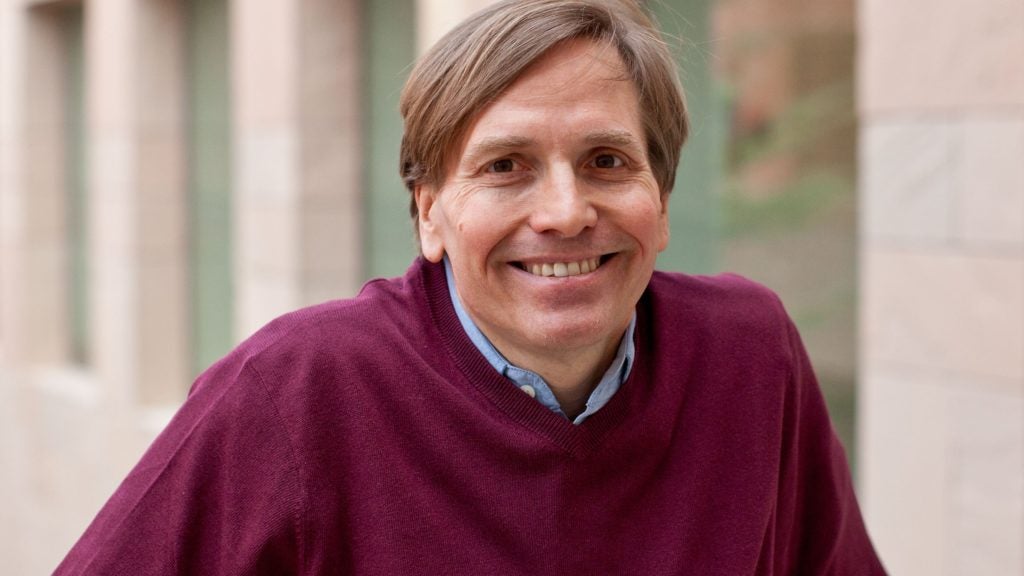Can the Alaska Model Work in Qatar?

You may think that Qatar and Alaska have nothing in common. What could the sunny desert have in common with the northern snowy climes of Alaska? You might be surprised by the answer: Fossil fuels. Exports. And government investment funds that benefit each state’s citizens.
Both Qatar and Alaska pull oil and natural gas out of the ground. Both sell oil and gas as exports. And, like most oil exporting states, both place some of their fossil fuel export revenue into investment funds. But Alaska does one thing that neither Qatar nor any other resource exporter does with its investment fund: It pays a dividend in cash to every citizen.
It’s called the Permanent Fund Dividend. Last year every man, woman, and child in Alaska received a check for $878.00. The amount varies every year, but more often it is between $1000 and $2000. It is a guaranteed source of annual income for each of Alaska’s citizens. Should Qatar’s investment fund pay a dividend?
Karl Widerquist, associate professor at Georgetown University School of Foreign Service in Qatar (SFS-Q), thinks so. He is the leading scholar regarding the fund in Alaska. His two books, Alaska’s Permanent Fund Dividend: Examining its Suitability as a Model and Exporting the Alaska Model: Adapting the Permanent Fund Dividend for Reform Around the World, have been described as timely and of use to even non-resource-rich countries of both the industrialized and the industrializing world.
Dr. Widerquist said, “One of the major themes of the book is that you don’t have to be resource-rich to have a resource dividend.” He added, “Alaska taxes their oil but all countries, no matter how poor, have a shared natural resource or a common good that can be taxed and invested in such a way that it provides an annual basic income to its citizens.”
As a model, Alaska provides 30 years of experience on how to proceed with such a project. Back in 1976, as the Alaska pipeline construction neared completion, Alaska voters approved a constitutional amendment to establish the Alaska Permanent Fund.
Alaska’s fund is invested in a diversified portfolio of public and private assets. All investments, whether in Alaska or from around the world, must be expected to produce income. Earnings can come from stock dividends, bond interest, real estate rent, and income from the sale of any of the investment assets.
Some people call the annual income from these investments an oil-wealth payout that is “free money”. Some go further and call it their right as citizens of the state to partake of revenue generated from the natural resources beneath their feet.Qataris receive many benefits from the state’s resource wealth, including housing, health care, jobs and transportation, but they get no direct income from Qatar’s investment fund.
According to Dr. Widerquist, “Qatar has the twelfth largest sovereign wealth fund in the world with $115 billion in assets, two-and-one-half times the size of the Alaska Permanent Fund. It has a resident population of about 1.7 million people–again roughly two-and-one-half times the size of Alaska’s.”
Dr. Widerquist explained that a similarly designed distribution system in Qatar would produce dividends similar for all residents–about $1,000 to $2,000. He added, “Of course in Qatar only a small portion of residents are citizens–about 250,000 people, about one-third of Alaska’s population. If a citizen’s dividend in Qatar could be initially $7,500 to $15,000 per year, and given how much gas Qatar is exporting, that figure would probably increase greatly in the next few years.”
Since Qataris have the highest income per capita in the world, how would Qataris benefit from Qatar using its investment fund to support an Alaska-style dividend? “One of the main benefits would be transparency,” Widerquist explains. “Alaskans get a tangible dividend every year. They can read all about the fund’s investment strategy on the Internet, and they do, because that’s their money. They want to see it managed well.”
“The Alaska dividend gives Alaskans a greater sense of personal ownership of the state’s resources,” Widerquist added. “All resource exporting nations spend money in ways they hope will help the people, but if the government builds a stadium or an opera house, not all citizens will use it. The dividend ensures that some of the state’s resource revenues meet the needs of each individual citizen in the way they see it themselves.”
Another benefit of the Alaska model, according to Widerquist, is permanence. Many resource exporting nations spend a lot while the money is coming in but have little to show when the export revenue is gone. As Widerquist puts it, “An investment fund of diversified, international assets provides dividends to all citizens through the ups and downs of the oil and gas market, and it can continue to provide those dividends even after export revenue is gone.”
To paraphrase Peter Drucker, innovation is what endows resources with new capacities to create wealth. When looking at Qatar and Alaska, innovation speaks louder than words.